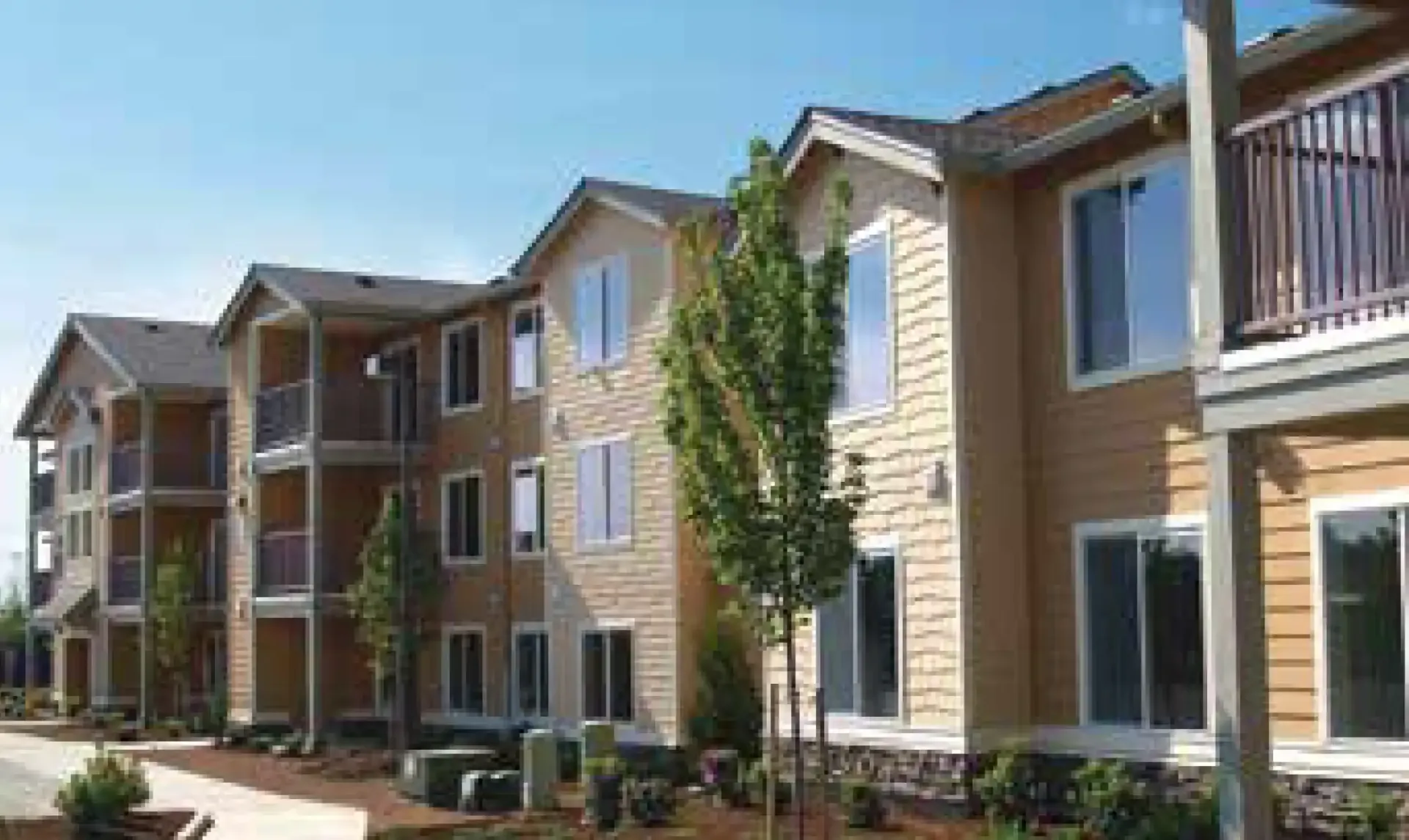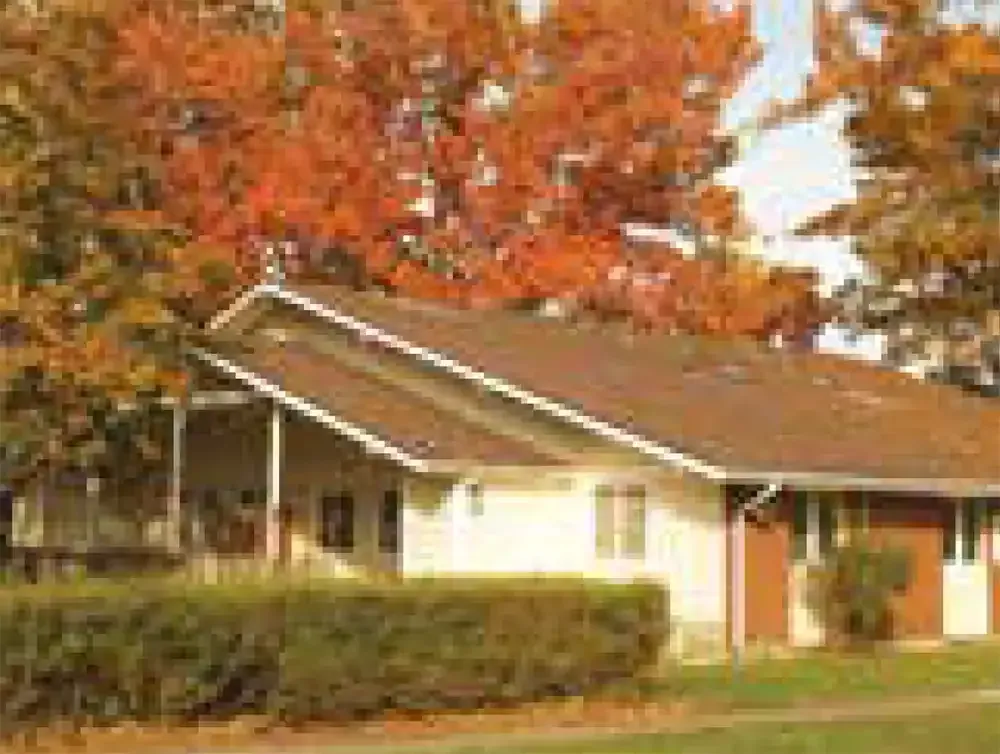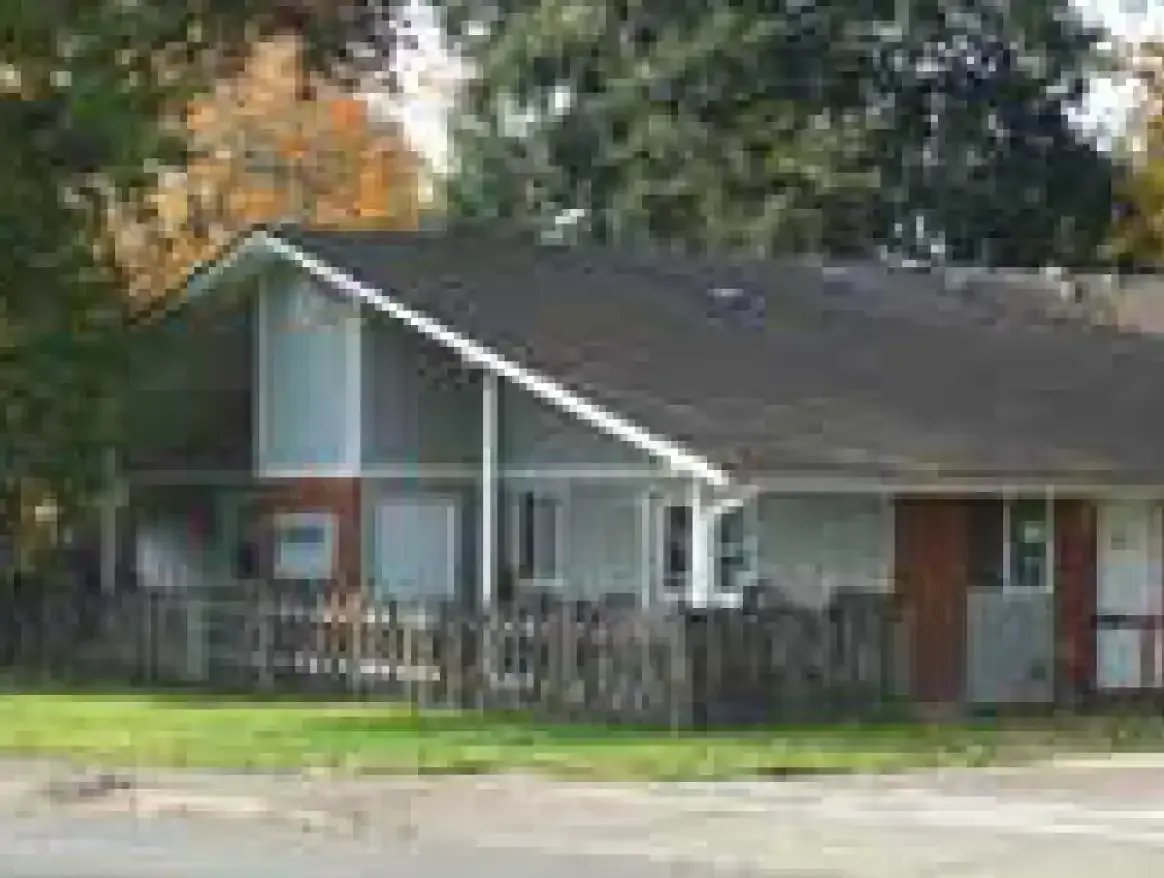In keeping with this edition's theme of 'lifting our gaze' beyond Australasia, the ahi President Sean Kelly selects an article from the HousingWORKS archive.
This edition, our time machine is set to March 2015 when Kerron Barnes put US social housing into historical perspective. Given Trump released his full FY 2026 Budget on 2nd June, revisiting Kerron's article is a timely reminder of how social housing has developed in the USA and where it could be heading, while serving as a cautionary tale for us here in Australasia.
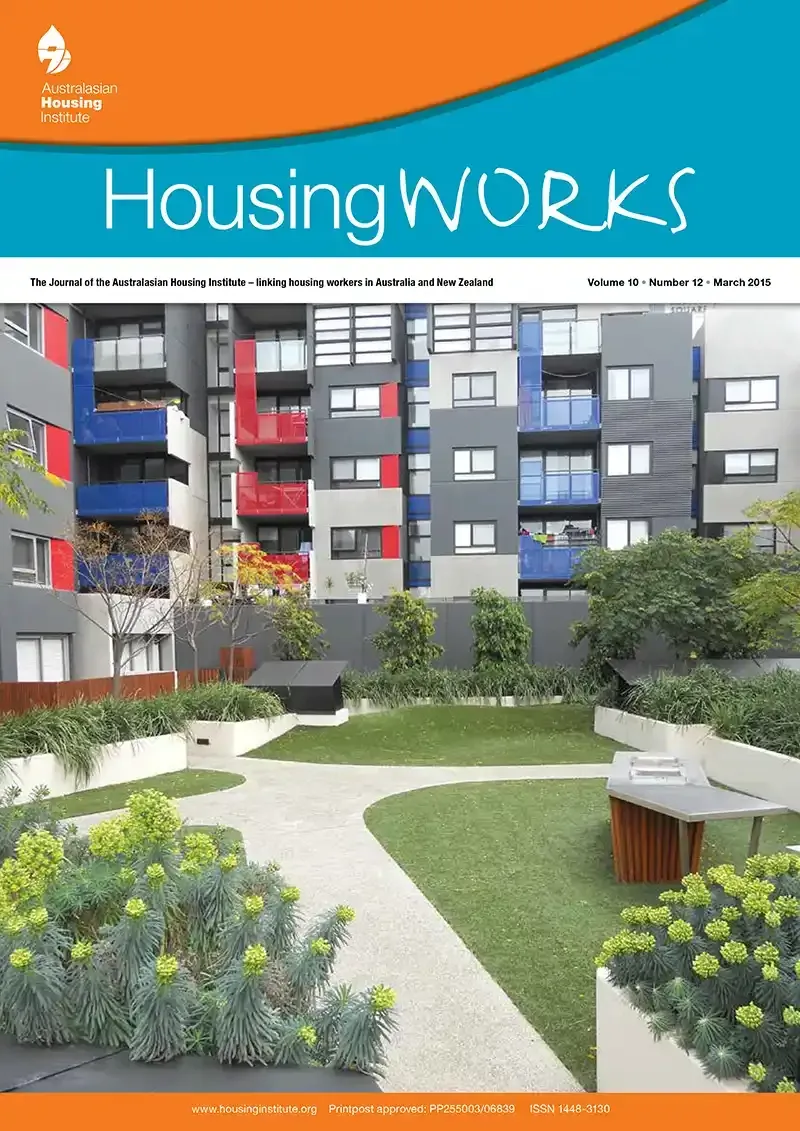
The Social Housing story in America
Origin, Evolution and Financing
Social housing in the USA emerged in the enlightened ethos of the New Deal of the 1930s. Known in the US as ‘public housing’, it began as a modest effort to provide the means for working families to save on rent for a few years before purchasing a home. The program expanded in the 1950s and through the 1970s to large-scale high-rise developments, often called housing ‘projects’ in the vernacular (Stoloff).
Tenancy shifted to socially dependent households with little upward mobility. Instead of serving as an asset-based welfare program, it evolved into a form of welfare housing with shelter as the currency. Public housing in various densities now serves 1.2 million households (Shriver).
Local public housing authorities (PHAs) are established under state law to operate these federally funded housing developments. The era of construction of large-scale developments has passed. PHAs now maintain their legacy housing with increasing success and sophistication, despite ageing structures and inadequate funding for operation and maintenance.
Rather than remain static, the more successful housing authorities now venture into replacement of these developments, while managing rent subsidy programs, creating affordable home ownership programs and coordinating social services for tenants.
Subsequent Federal Initiatives
The Housing and Community Development Act of 1974 created a new public housing program. Instead of building agency-owned housing, the Department of Housing and Urban Development (HUD) pays the difference between 30% of the family income and the actual market rent. The program is known as Section 8 and there are now 2.2 million households receiving this form of assistance (US Department of Housing and Urban Development).
The Housing Act of 1990 added a program called HOME, which provides funding to private developers and nongovernment organisations (NGOs) for the development of lower and very low income housing (80% and 50% of county median income respectively). Known as rental housing production, it uses the private sector’s development capacity to focus federal grants through community development agencies principally serving urban areas.
Another subsequent initiative was the HOPE VI program, which commenced in 1993 and continued until 2010. This new approach to the provision of social housing aimed to reduce concentrations of poverty and improve urban neighbourhoods.
HOPE VI involved the demolition of obsolete public housing, replacing it with new low-rise units of less density and improved amenities and services.
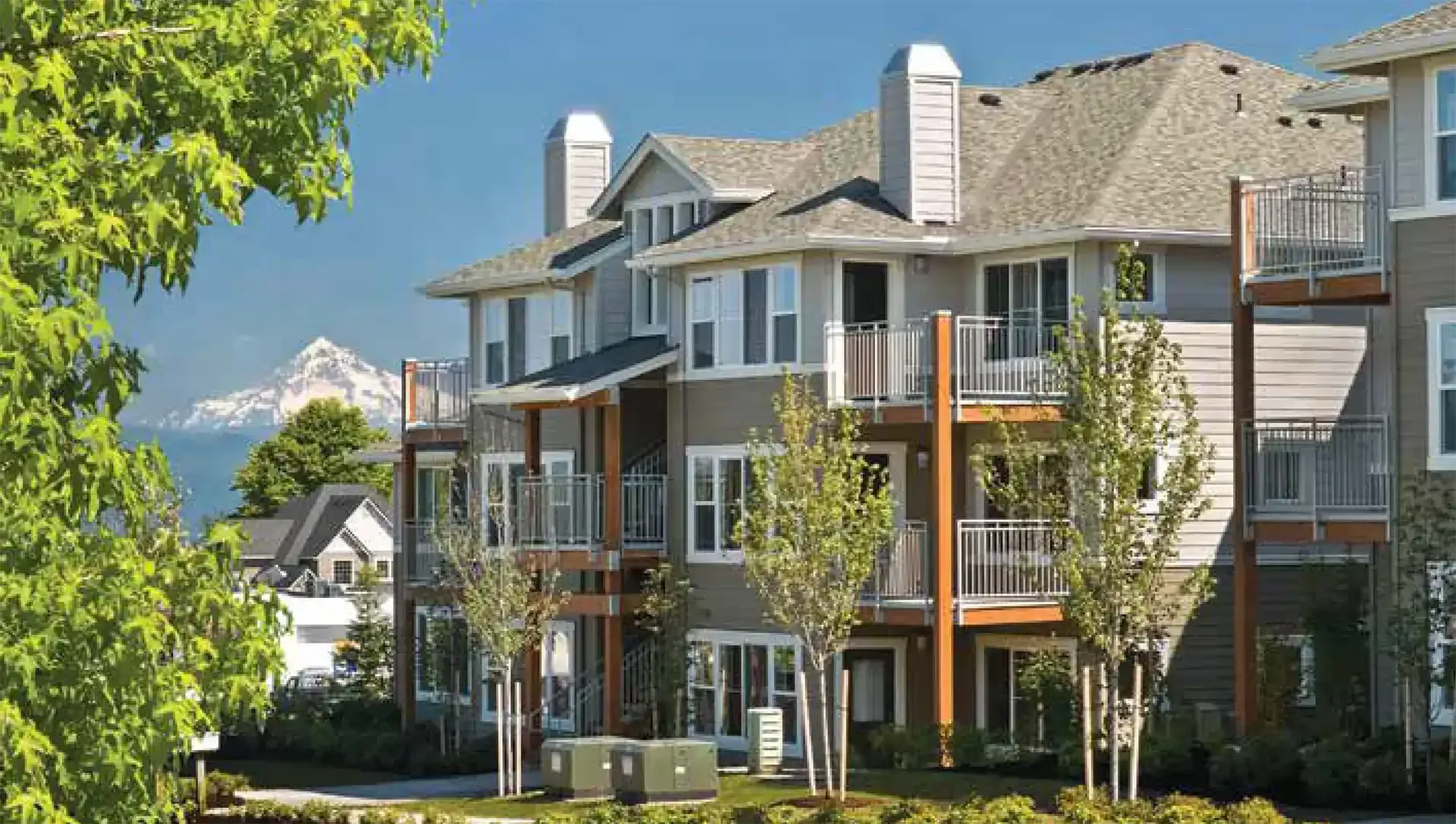
HOPE VI developments were designed to blend into their individual neighbourhoods. Studies showed that crime was reduced, employment increased and surrounding neighbourhoods improved (Council of Large Public Housing Authorities).
Choice Neighborhood (CN) funding is a current program used to address specific areas experiencing difficulties that also have distressed public housing. CN areas can also be considered neighbourhood revitalisation strategy areas. A transformation plan is created that is a blueprint for the overall investment (US Department of Housing and Urban Development).
These combined designations can bring more flexible regulations and funding from other HUD programs to concentrate investment in a limited impact area. The expected results include replacement of distressed public housing, improved educational results, and more public and private investment. These areas are able to provide mixed income housing, better neighbourhood amenities, services, schools and include a wider range of income levels.
Mixed Finance Public Housing
The Mixed Finance model allows the federal government (HUD) to combine government, private and NGO funds to build and manage public housing. The resulting developments can have a variety of tenures, including private owner-occupied homes, public rental apartments and other subsidised and non-subsidised housing (US Department of Housing and Urban Development).
Rental Assistance Demonstration
The latest evolution of traditional or ‘legacy’ public housing in the US is the federal Rental Assistance Demonstration (RAD) program. This is an experiment limited to 60,000 housing units, which tests a way to address the estimated $30 billion (Shriver) backlog of housing renovations and repairs.
RAD uses the funding stream of rental assistance payments so banks will make loans needed for repairs. However, it means banks may have mortgages on the nation’s public housing stock. If bank loans are insufficient, PHAs might use tax credit financing giving ownership and control to private owners.
Current Challenges
The main challenge faced by the public housing sector is persistent and longstanding underfunding with HUD calculating actual required operating subsidies and then consistently providing less. Regardless of which political party is in office, this parallels the underfunding of various social programs, leading to homelessness and more demand for social housing.
“The main challenge faced by the public housing sector is persistent and longstanding underfunding.”
Reduced federal support and the need to adapt to today’s realities has led housing authorities to become extremely creative with regard to finance, housing types and methods of serving clients. PHAs now make extensive use of multiple funding sources, in some cases including market rate housing within the same development, in order to subsidise assisted housing.
The shift to new low-rise buildings with appropriate architecture and more mixed income tenants also addresses the stereotypes stemming from earlier social housing problems. Housing authorities are reducing the height of existing buildings, using styles, architectural details and materials that make them indistinguishable from private rental developments. They are also developing small, scattered site housing that serves one to four families and blends in with the pattern of homes common to their neighbourhood.
Affordable Housing (Owner and Rental)
For about 30 years, there has been a growing US interest in what is called ‘affordable housing’. This term developed as a palatable substitute for ‘low income housing’, which partly retains a negative stereotype. Affordable housing is also known as ‘workforce housing’.
The issue tends to get low priority until a periodic housing price bubble creates a crisis, generally caused by speculation, land, construction and labour cost spikes. Realisation then hits that teachers, police officers, transit workers and others are priced out of the housing market, which stirs communities to action. While applicable to renters, affordable housing efforts tend to be for new homebuyers.
Local Zoning
Zoning in the US is nearly always under local control. Home rule is somewhat of a sacred cow and only persistent education and explanation of the need to provide a range of housing types and tenures brings any success. As incomes stagnate, housing costs become more of an obstacle.
Privatisation
At various times, the federal government has decided to sell or otherwise privatise the public housing inventory. One threat that surfaced, but never advanced far, was giving rental assistance vouchers to residents of public housing developments. This may have encouraged tenants to move out and free up scarce units but it could have also virtually emptied some developments, leaving them without residents or funding support.
Affirmatively Furthering Fair Housing
Given its poor image and problems, public housing became subject to some discriminatory practices at the local level, such as being relegated to inferior sites or minority neighbourhoods.
The federal government and housing advocacy NGOs have, for some years, combined to oppose such practices and often filed discrimination lawsuits against municipal and county governments. The current administration has been aggressive in this matter. In some cases, local housing authorities and NGOs that are known and respected in their communities have been successful at gaining public trust for subsidised housing.
Sustainability
Given the current status of federal funding for public housing, sustainability continues to be under threat. The creativity of public housing managers is a major force in keeping the nation’s public housing inventory alive.
Alternative Approaches and Programs
The void left by the shift away from large-scale federal funding of housing has been partly filled in a variety of ways. These include programs of the states, new NGO efforts, labour union construction and financing, and a multitude of local efforts. New forms of finance, land banking, volunteer labour and zoning concessions also play a role. In addition, traditional housing authorities have broken from their original single mould and developed new ways, not only to survive but also flourish and achieve their mission.
“Traditional housing authorities have broken from their original single mould and developed new ways, not only to survive, but to flourish and achieve their mission.”
State Initiatives
A number of states have developed sophisticated programs to provide both rental and owner housing. Most have housing finance agencies (HFAs) that bring their borrowing power and bond rating to bear on the issue. In the US, the interest that buyers of public debt earn is exempt from federal income tax. The bond seller can pay a lower interest rate, as the buyer earns the same that he/she would on taxable interest.
The Low Income Housing Tax Credit (LIHTC) involves the federal government giving private developers a credit. This offsets their income taxes if they construct rental housing that has a certain percentage of low income residents for a period of 30 years. In essence, the US forgoes future tax revenue in return for a social benefit (NY State Office of Community Renewal).
Mortgage Agencies
In addition to an HFA, New York State also has a mortgage agency that provides reduced interest mortgages for first time homebuyers. The NY Affordable Housing Corporation offers silent second mortgages to reduce the first mortgage principal. These are repaid if the home is sold but become a grant after 10 years (NY State Office of Community Renewal).
Vermont Shared Equity Program
Since 1984, the Champlain Housing Trust in Vermont has offered a program of shared equity financing for home ownership. According to their website, CHT provides grants that remain tied to the home. When a home is re-sold, the owners receive 25% of the appreciation. CHT buys the home and finds another eligible buyer. It also owns the land on which the home is situated and leases it to the occupants, therefore reducing the purchase price and the rates/property taxes (Champlain Housing Trust). It is noteworthy that New South Wales has some shared equity financing programs that may have application in the US context.
Density Bonuses and Developer Exactions
Municipal governments have also stepped up to make housing more affordable. They allow private developers to exceed zoning limits in return for making a percentage of the additional units available to eligible households. In other cases, communities make exactions on developers to generate affordable housing in relation to commercial developments that create a nearby housing need.
Conclusion
The provision of housing, seen as a public responsibility, is now more than 75 years old in the US. It has evolved with some missteps and some imaginative successes.
One consistent element in this history is the determination and dedication of the skilled managers and staff of the various social housing and urban regeneration agencies. Despite the challenges faced by underfunding, negative stereotyping, diminished public support and lack of national priority, the people working in social assistance programs will never retreat from their mission.
Acknowledgements
The following members of the NAHRO International Research and Global Exchange Committee made suggestions, contributions and corrections to this article.
Committee members: Saeed Hajarizadeh, Helen Sause, Liz Glenn, Julie Brewen, Ed Talbot, Tara Clifford
NAHRO staff liaison: Sylvia Moore Bowen
Story photos courtesy of Mr. Saeed Hajarizadeh, member of the NAHRO International Research and Global Exchange Committee.
References:
- National Association of Housing and Redevelopment Officials, Washington DC: www.nahro.org
- Stoloff, Jennifer A, ‘A brief History of Public Housing,’ US Department of Housing and Urban Development Washington DC, Office of Policy Development and Research Washington DC, 20410. no date, circa 2004.
- Council of Large Public Housing Authorities, ‘Public Housing Authorities: Local Challenges, Innovative Solutions’, http://www.clpha.org/uploads/CLPHAfullbrochure- web.pdf
- NY State Office of Community Renewal, ‘Low Income Housing Tax Credit Program’, http://www.nyshcr.org/Topics/Developers/LowIncome/.
- Hammond, Robert, ‘The Rental Assistance Demonstration Program: Too RADical’, Sargent Shriver National Center on Poverty Law, November 8, 2013. • Davis, John Emmeus and Stokes, Alice; ‘Lands in Trust: Homes that Last’, Champlain Housing Trust, 2009, www.champlainhousingtrust.org
- Jacobus, Rick and Lubell, Jeffrey, ‘Preservation of Affordable Homeownership: A Continuum of Strategies’ Center for Housing Policy, April 2007, http://www. housingpolicy.org
- US Department of Housing and Urban Development, ‘Section 8 & Affordable Housing Statistics’, March 1, 2015 http://www.huduser.org/portal/datasets/ pdrdatas.html
- US Department of Housing and Urban Development, ‘Choice Neighborhoods’, March 1, 2015: http://portal.hud.gov/hudportal/HUD?src=/program_offices/ public_indian_housing/programs/ph/cn
- US Department of Housing and Urban Development, ‘Mixed-Finance Public Housing’, March 1, 2015: http://portal.hud.gov/hudportal/HUD?src=/program_ offices/public_indian_housing/programs/ph/hope6/mfph
Share This Article
Other articles you may like






